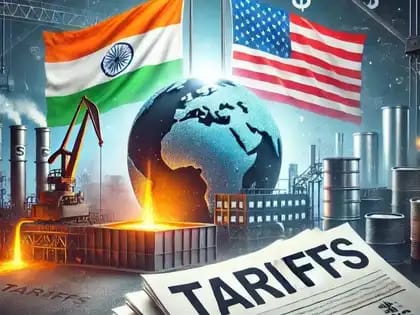Even though there was initial hope, it is thought by experts that Indian manufacturing would not directly benefit much from US tariffs imposed on Chinese goods. Though supply chains were disrupted and opportunities created for alternative sourcing by Washington's tariffs, India has various issues to address in taking benefit from the opportunity.
Major challenges are infrastructural bottlenecks, regulatory issues, and high costs relative to other manufacturing centers like Vietnam and Mexico. While India's government has launched initiatives such as "Make in India" and production-linked incentives (PLIs), experts contend that these initiatives need to be scaled up to make India a desirable location for international production.
In addition, companies wanting to diversify out of China are turning to countries that have well-established ecosystems, accelerated approvals, and frictionless global connectivity—regions in which India remains in catch-up mode. Analysts emphasize that structural reforms and focused policies are desperately needed for the country to become a credible alternative for manufacturing.
Though some industries, including pharmaceuticals and electronics, hold potential, India stands to lose the window of opportunity presented by the US-China trade tensions if foundational problems are not tackled in a timely manner. The fate of Indian manufacturing remains uncertain as it struggles to overcome internal challenges to take advantage of global changes.
Source: Economic Insights Today
